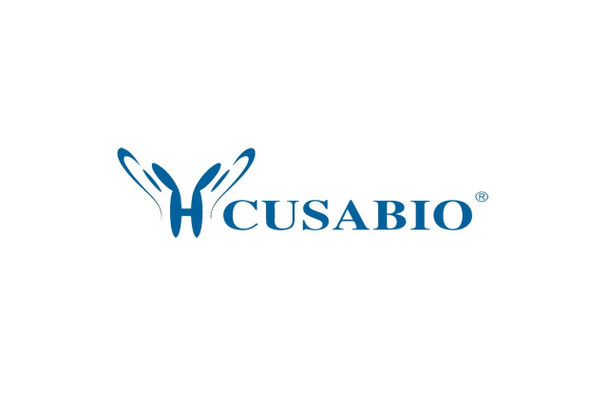Cusabio Active Proteins
Recombinant Human Tumor necrosis factor ligand superfamily member 10 (TNFSF10), partial (Active) | CSB-AP004901HU
- SKU:
- CSB-AP004901HU
- Availability:
- 5 to 10 Working Days
Description
Recombinant Human Tumor necrosis factor ligand superfamily member 10 (TNFSF10) ,partial (Active) | CSB-AP004901HU | Cusabio
Protein Description: Partial
Alternative Name (s) : Tumor Necrosis Factor Ligand Superfamily Member 10; Apo-2 Ligand; Apo-2L; TNF-Related Apoptosis-Inducing Ligand; Protein TRAIL; CD253; TNFSF10; APO2L; TRAIL
Gene Names: TNFSF10
Research Areas: Cancer
Species: Homo sapiens (Human)
Source: E.coli
Tag Info: Tag-Free
Expression Region: 115-281aa
Sequence Info: RERGPQRVAAHITGTRGRSNTLSSPNSKNEKALGRKINSWESSRSGHSFLSNLHLRNGELVIHEKGFYYIYSQTYFRFQEEIKENTKNDKQMVQYIYKYTSYPDPILLMKSARNSCWSKDAEYGLYSIYQGGIFELKENDRIFVSVTNEHLIDMDHEASFFGAFLVG
Biological Activity: The ED50 as determined in a cytotoxicity assay using L‑929 mouse fibroblast cells in the presence of the metabolic inhibitor actinomycin D is less than 50 ng/ml.
MW: 19.5 kDa
Purity: Greater than 95% as determined by SDS-PAGE.
Endotoxin: Less than 1.0 EU/µg as determined by LAL method.
Relevance: Human TNFSF10 is a type II transmembrane protein with an intracellular N-terminus and a ‘TNF homology domain’ (THD) at the extracellular C terminus. TNFSF10 can interact with several distinct receptors. Two of these receptors that belongs to TNFR superfamily, DR4 (TRAIL-R1) and DR5 (TRAIL-R2/TRICK2) , are plasma membrane proteins containing intracellular death domains essential for activating apoptosis. TNFSF10 is promising for cancer therapy because it is cytotoxic and activates apoptosis in the majority of malignant cells, but not in normal cells.
PubMed ID:
Notes: Repeated freezing and thawing is not recommended. Store working aliquots at 4℃ for up to one week.
Function: Cytokine that binds to TNFRSF10A/TRAILR1, TNFRSF10B/TRAILR2, TNFRSF10C/TRAILR3, TNFRSF10D/TRAILR4 and possibly also to TNFRSF11B/OPG
Involvement in disease:
Subcellular Location: Membrane, Single-pass type II membrane protein
Protein Families: Tumor necrosis factor family
Tissue Specificity: Widespread; most predominant in spleen, lung and prostate.
Paythway: Apoptosis
Form: Lyophilized powder
Buffer: Lyophilized from a 0.2 渭m filtered solution of 20mM PB, 250mM Nacl, pH7.5.
Reconstitution: We recommend that this vial be briefly centrifuged prior to opening to bring the contents to the bottom. Please reconstitute protein in deionized sterile water to a concentration of 0.1-1.0 mg/mL.We recommend to add 5-50% of glycerol (final concentration) and aliquot for long-term storage at -20℃/-80℃. Our default final concentration of glycerol is 50%. Customers could use it as reference.
Uniprot ID: P50591
Uniprot Entry Name:
HGNC Database Link: HGNC
UniGene Database Link: UniGene
KEGG Database Link: KEGG
STRING Database Link: STRING
OMIM Database Link: OMIM









